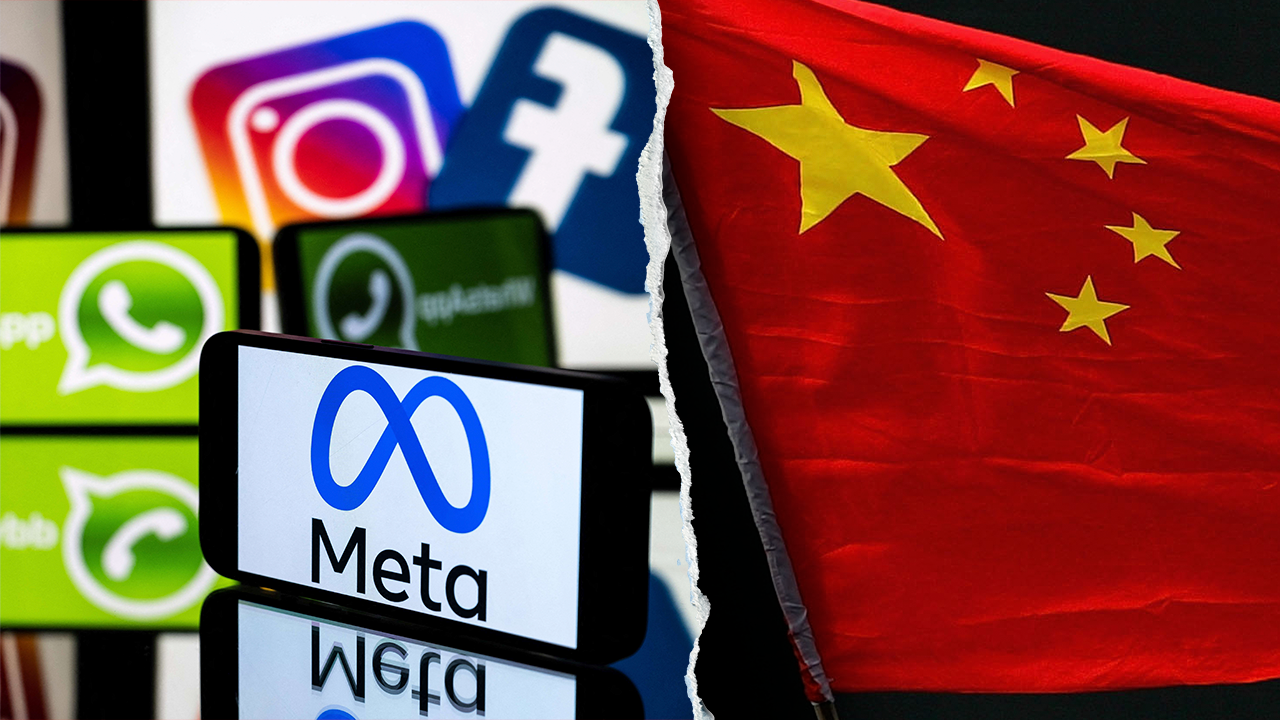Should You Be Moving to E-Invoicing Well Ahead of a Possible 2030 Deadline?


Enterprise content management expert Dr. John Bates welcomes recent government proposals but emphasizes the crucial role industry must play in helping organisations achieve success
Although some large organisations have embraced e-invoicing, it remains far from the norm among most UK businesses, local authorities, and charities. Meanwhile, the European Union claims to have already transitioned to the digital exchange of invoice information between business entities. But the reality is far from uniform—each Member State has taken its own approach to automation. For UK organisations trading with EU partners, that’s meant beginning their own transition, whether by design or necessity.
Now, a new factor has entered the discussion over replacing traditional paper or PDF invoices with a fully digital process—from creation to payment: the UK Government. Officials are now reviewing feedback from a recently concluded consultation on whether to establish a national e-invoicing framework for the UK’s private sector.
So, is it time to accept that e-invoicing is how organisations will need to work as a supplier or buyer going forward? The honest answer is—maybe, but not just yet. While it’s wise to keep an eye on the horizon, this is likely to follow a slow burn rather than an overnight shift. Just look at Making Tax Digital: originally slated for April 2024, now pushed to April 2026. And when it comes to e-invoicing, current expectations are that Whitehall won’t publish firm proposals until sometime between now and October 2025.
So while 2030 has been suggested as a potential go-live date, it’s far from certain—and probably not worth staking your retirement fund on yet.
So, while early EU adopters like Poland and Italy appear to be leading the e-invoicing charge, the UK is by no means an outlier. Across Europe, the picture is far from uniform—implementation delays and divergent national strategies have resulted in a fragmented landscape. Italy has taken a notably strict approach, while countries like the Netherlands have adopted a more laissez-faire stance toward the Directive.
And let’s not forget, the world’s largest economy—the United States, often seen as the global leader in all things tech—has barely registered the shift. Paper checks remain remarkably common, and in Germany, despite preparations for e-invoicing, faxes, rubber stamps, and wet signatures are still very much part of doing business.
That makes the UK’s current position look relatively solid by comparison, especially with countries like the Netherlands also slow to act. At the end of the day, the government wants us to do this to help its bottom line, not yours; the headline benefits of e-invoicing from the Commission or HMRC’s view is all about reducing fraud and closing the huge VAT gap. But to be fair, regulators want a lot more positives to come out of all this, too: a model for the UK’s e-invoicing future may come from the European PEPPOL (Pan-European Public Procurement Online) network. Already in use by entities like the NHS, PEPPOL allows organisations to send and receive structured e-documents via a standardised e-delivery network. It creates a kind of digital marketplace where businesses and public authorities exchange invoices and related records through trusted intermediaries. A similar structure is likely to be adopted in the UK, offering a plug-and-play model for secure, real-time document exchange.
Why big firms are already doing this
While we all have to follow the rules set by our local tax authorities—and as mentioned, if you regularly trade with EU partners, you’re likely already partway there—a better question is not if you should embrace e-invoicing, but when. Do you wait until it becomes mandatory, potentially five or more years from now? Or do you act now to realise the benefits earlier?
There are two sides to that conversation: the business benefits versus the costs and inconvenience of transition. But as many large enterprises discovered during the shift from EDI to ERP two decades ago, structured, standardised electronic invoicing integrates far more cleanly into finance systems than manual, Excel-based, or paper-and-PDF processes.
Simplicity and standardisation make a lot of sense if the goal is to optimise—or even automate—back-office operations. If the finance team is currently juggling multiple invoice formats and processes, then software that can handle these more efficiently, accurately, and consistently should be a serious consideration.
There’s also a broader business case to be made: that e-invoicing doesn’t just reduce costs, it reduces friction—helping businesses move faster, act smarter, and scale with greater ease. That said, we shouldn’t oversell it. It’s too strong a claim to suggest e-invoicing will spark a B2B sales boom in the UK. But when embedded within a broader digital transformation effort it will eliminate long-standing pain points that have made it harder for companies to modernise procurement and finance. And in a world where every efficiency counts, that’s no small win.
The pros and cons of e-invoicing investment
To be honest, it’s more realistic to view the shift to e-invoicing not as a catalyst for entirely new business opportunities—but as a smart way to remove the day-to-day barriers that slow businesses down. For small and medium-sized enterprises in particular, e-invoicing could streamline relationships with buyers and suppliers, reduce admin headaches, and help level the playing field.
But before that happens, we need to acknowledge the very real obstacles. Who’s going to pay for the new accounting system? What happens to the sunk cost of the software we invested in last year? And who’s going to train the AP/AR team to actually work with these new tools?
These are the kinds of practical questions that still don’t have clear answers. So far, I haven’t seen much from government that reassures businesses on the how, not just the why, of all this. That’s why intermediaries and industry experts will have such a critical role to play—from accounting software vendors who can offer support packages, to the UK accountancy profession, which will need to step up as the connective tissue linking businesses, clients, and the broader e-invoicing and Making Tax Digital agenda.
Companies like Sage—where I serve as a board member and which is a key player in the UK accounting software market—have already made great strides in helping businesses prepare for digital taxation and the move to e-invoicing. But we need to see all platform providers in the UK—not just in the public sector, but across private and third sector organisations as well—step up. The priority should be building seamless connections between accountants and their clients to streamline accounts payable and receivable processes.
As someone in the document management space, this is a responsibility we’re taking seriously at our own company. Through our intelligent content automation platform, we’re supporting a wide range of European—and increasingly global—enterprises with end-to-end document management. That includes capturing and interpreting documents to automating workflows and integrating with core ERP systems like SAP. In this context, invoice automation is one piece of a much broader landscape that includes purchase-to-pay, order-to-cash, and other document-driven business processes.
Automation is the future of B2B trade
Let’s finish with a dose of pragmatism. E-invoicing adoption will take time—on either side of the Channel. Not every invoice will be fully structured or digital from day one. Many businesses still handle unstructured or semi-structured documents, and national regulations will continue to evolve at different speeds. The smart move is to plan for both worlds: maintain your ability to process traditional documents while preparing for the structured e-invoices of the future. That way, you won’t be caught off guard by sudden compliance changes.
Organisations won’t make this shift just because government says so, but because they understand the broader direction of travel—from the rise of tools like ChatGPT to the expectations of digitally fluent customers. As digitisation deepens, the automation of B2B buying and selling will only accelerate.
In short, 2030 won’t simply bring another deadline or software upgrade. It signals a more fundamental shift: in how companies operate, how governments regulate, and how industries connect. The UK may not be first out of the gate—but it has the chance to be a smart second mover, learning from others and sidestepping early missteps.
The businesses that act now—investing in the right tools and taking a strategic approach to their document and finance data—will be best positioned to thrive in this new era of digital trade.
If you’re taking a global view, just don’t be surprised if there’s still a cheque—or even a ‘check’—or two to handle along the way.
The author is CEO of global intelligent content automation leader SER Group
The post Should You Be Moving to E-Invoicing Well Ahead of a Possible 2030 Deadline? appeared first on European Business & Finance Magazine.

















































